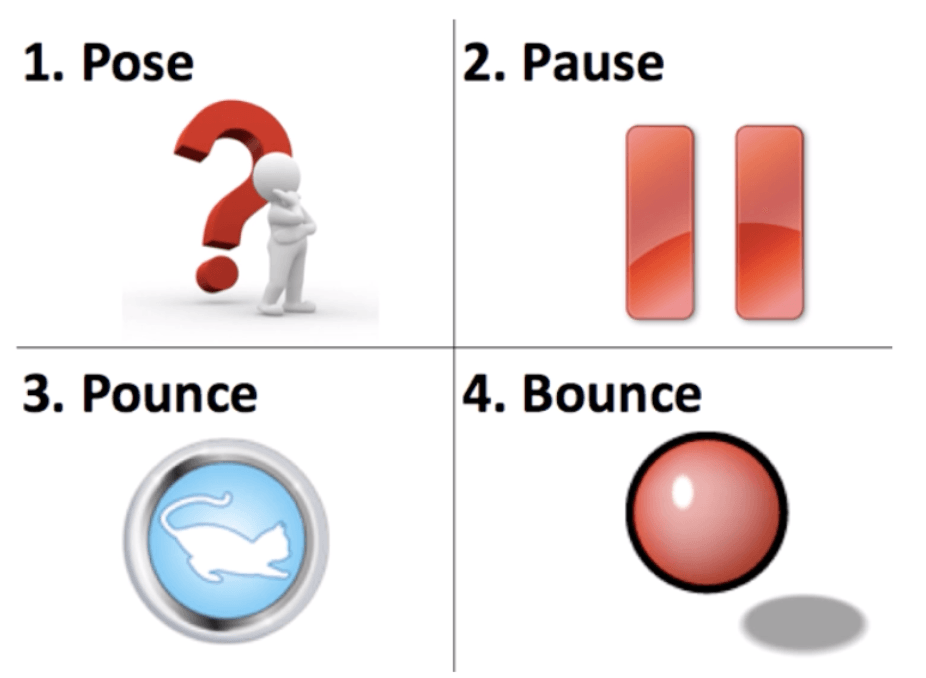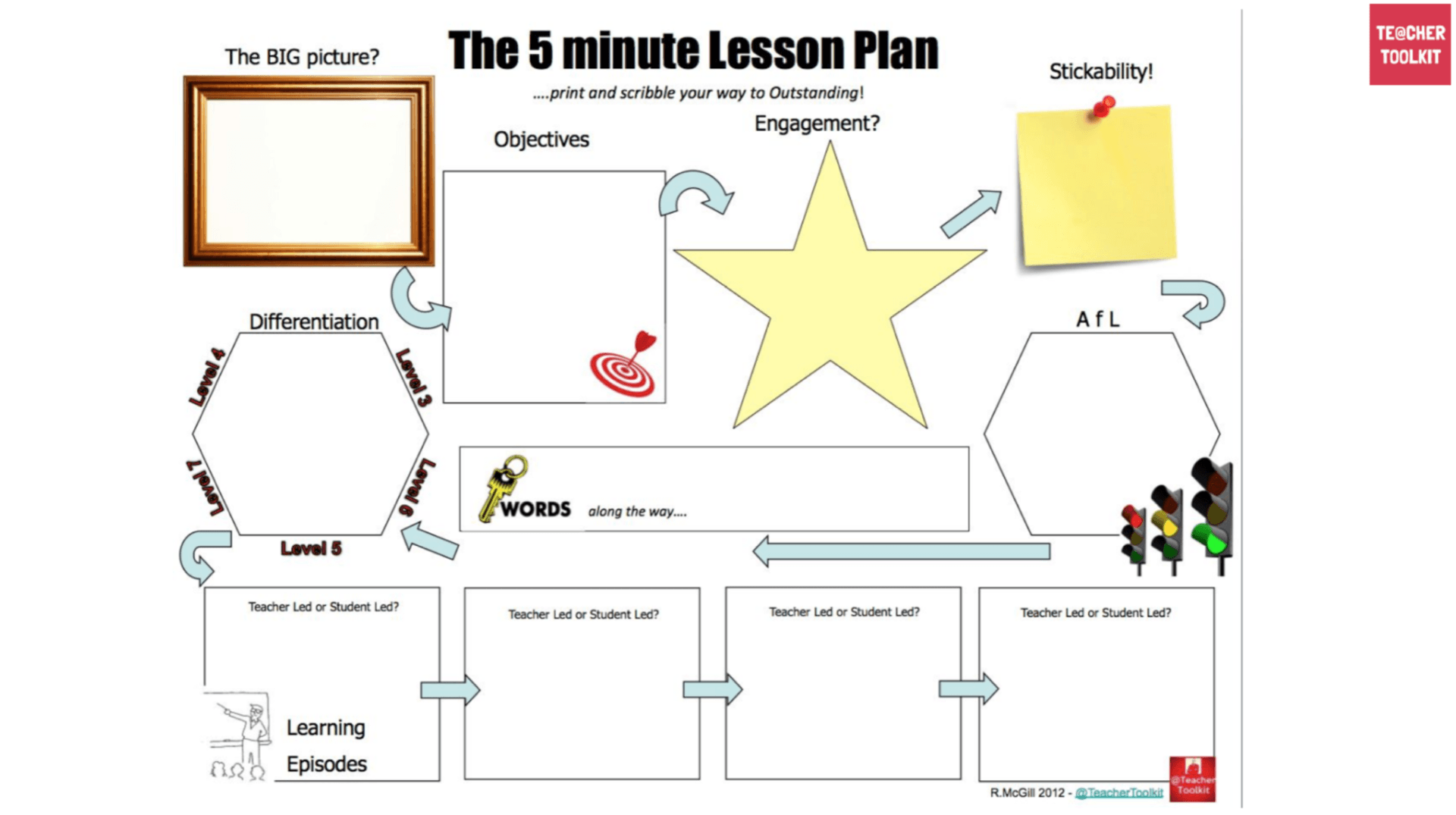In November 2018, we welcomed Ross Morrison McGill from TeacherToolkit as our TILE network speaker on the topic of “Reduce Workload; Increase Impact” in teaching. In this reflection, I would like to try summarizing the issues Ross highlighted about teaching workload, as well as present some of the strategies provided to reduce workload for the benefit of our readers to try themselves.
Teaching workload and mental health issues are at record levels. As Ross himself experienced, these can be often connected and possibly caused by each other and be responsible for the retention crisis and vast attrition of teachers in the UK. When investigating as to why teachers leave the profession, the wish to raise a family is the number one reason, which is rarely possible due to the workload and time demanded of teachers. Therefore, focusing on how to reduce teaching workload and what causes it is key when engaging in a conversation about progression in teaching.
Causes of Teaching Workload
A workload survey instigated by Nicky Morgan, the secretary of state of education, in which almost 44,000 teachers responded, highlighted the input, monitoring and analyzing of data, excessive marking, lesson and weekly planning, administrative and support tasks, as well as staff meetings as activities that created extra workload for teachers. These issues are often not within the control of the individual teacher and therefore should be addressed by executives who have the control, but for the purpose of this reflection, focus will be on how oneself can reduce workload through strategies and tools.
How should we effectively teach?
I invite you to take this research-based pedagogy quiz to test your misconceptions about the effectiveness of instruction methods. Ross offers 17 Principles of Effective Instructions to follow and ensure best learning from teaching: if interested, please click here for further details.
17 Principles of Effective Instructions
- Begin a lesson with a short review
- Present new material in small steps
- Limit the amount of material students receive at one time
- Give clear and detailed instructions and explanations
- Ask a large number of questions and check for understanding
- Provide a high level of active practice for all students
- Guide students as they begin to practice
- Think aloud and model steps
- Provide models of worked out problems
- Ask students to explain what they learned
- Check the responses of all students
- Provide systematic feedback and corrections
- Use more time to provide explanations
- Provide many examples
- Re-teach material when necessary
- Prepare students for independent practice
- Monitor students when they begin independent practice
These principles might not be easily observable but are better proxy for learning than those that are easily observed, such as the engagement of the students. This also questions the classroom inspection as measures for effective teaching, that might not actually show the quality of the lesson and rather just adding more pressure on the teacher, although there is no evidence showing classroom inspections improve teaching, especially if the teachers are not taught better.
Strategies for Questions in Class
Framing Questions: Ross provides the differentiated question matrix as a tool to show how questions can be framed and can increase in difficulty in further lessons. These questions can found discussions in lessons, and within the grid, even students can provide appropriate questions.

Furthermore, teachers should wait more than 3 seconds after asking a question, using waiting time as an instructional tool, allowing responses to become richer in content and more coherent.
Another recommendation: ask Fermi questions. Fermi questions, named after Nobel Prize winner Enrico Fermi, are questions with limited information about a quantity that is hard to measure that require students to ask more questions, such as ‘How many balloons would we need to fill this room?’. Emphasis in fermi questioning is not on the answer, but rather on the process of getting to an answer, encouraging creative thinking.
Ross therefore suggest the framework of ‘Pose, Pause, Pounce, Bounce’ for asking questions in the classroom, allowing a student to gather their idea of an answer, and then ask someone to bounce this idea of them, ensuring communication and discussion within a class.

How should we effectively assess?
Ross makes an important distinction between marking and giving meaningful feedback and suggests that the former is not effective without the latter and, due to bias and complicated assessment structures, might also not be an accurate representation of student’s skills. However, considering the amount of assessment teachers are supposed to do, strategies are needed to not create more workload and pressure, from which teacher’s mental and physical health might suffer under.
- Verbal feedback on its own is quickly given, but not as helpful if there is no written feedback to supplement it, as students and teachers won’t be able to refer back on it and see improvement. One option, that Ross suggests, to overcome this problem is to use in-built voice software such as Siri or Cortana or other programs available, such as Evernote or Dragon, to transcribe verbal feedback without the having to write it down as well.
- Showing students worked examples from other (anonymous) students and have students assess the quality and talk through the criteria can not only reduce a teacher’s own workload, but provides opportunity for the students to think for themselves as to what makes a great work and apply this in the future.
- Comparative Judgement is an assessment technique which involves comparing a series of two pieces of student’s work side-by-side to establish a measurement scale. In comparison to traditional marking, it provides the opportunity to assess quickly, and is reliable and fair, as there are no absolute judgements. Only if given a big discrepancy in grading it would indicate that more consideration is needed, saving considerable time when marking. An example of this can be seen in the e-scape portfolio assessment, in which students compile a portfolio and teachers assess the final piece of work. If there are differences in grading, the student’s work can then be look at again in more detail. Through this quick decision making, the teacher’s workload can be reduced. For more information on comparative judgement, Ross recommends No More Marking .
- Zonal Marking is another technique of assessment Ross suggests for making feedback meaningful, yet not time-consuming. Given a student’s work, teachers should skim-read it and then decide to focus on a specific paragraph, a zone, in which they highlight, mark and provide feedback for. This highlighted paragraph can then, if needed, be improved and fixed by the student through a re-draft, as it allows the student to know where to work and what to target. Improvements can be identified much more clearly, which motivates the student to take the feedback to heart, instead of simply looking at the grades. Zonal marking allows manageable, but meaningful feedback for the teacher, and motivation for the student to improve.
5-minute Lesson Plan
Lesson Planning is often seen as taking up a lot of time in teacher’s life. Ross has developed a 5-minute lesson plan, providing a structure that highlights what is needed, covering what is going to be taught in the lesson (objectives), and why, here in terms of what learning you want to stick (stickability), and how. Further explanation for each step can be found here.

Besides the 5-minute lesson plan, Ross offers many other 5-minute plans, such as a 5-minute marking plan, lesson review and reflection and many more. All resources mentioned in this blog post, and many more, can be found under bit.ly/ToolkitPack.
Teachers have limited ability in how they can control their workload by themselves, due to rules and expectations from above. However, with the resources provided, a more efficient and productive teaching, marking and planning for lessons can be achieved.
I want to thank Ross again for sharing his experiences and strategies to reduce workload. He can be found on Twitter @TeacherToolkit, as well on his website TeacherToolkit.co.uk.
You can find the video of the talk here.
Please feel free to comment below if you have additional thoughts!


Recent Comments